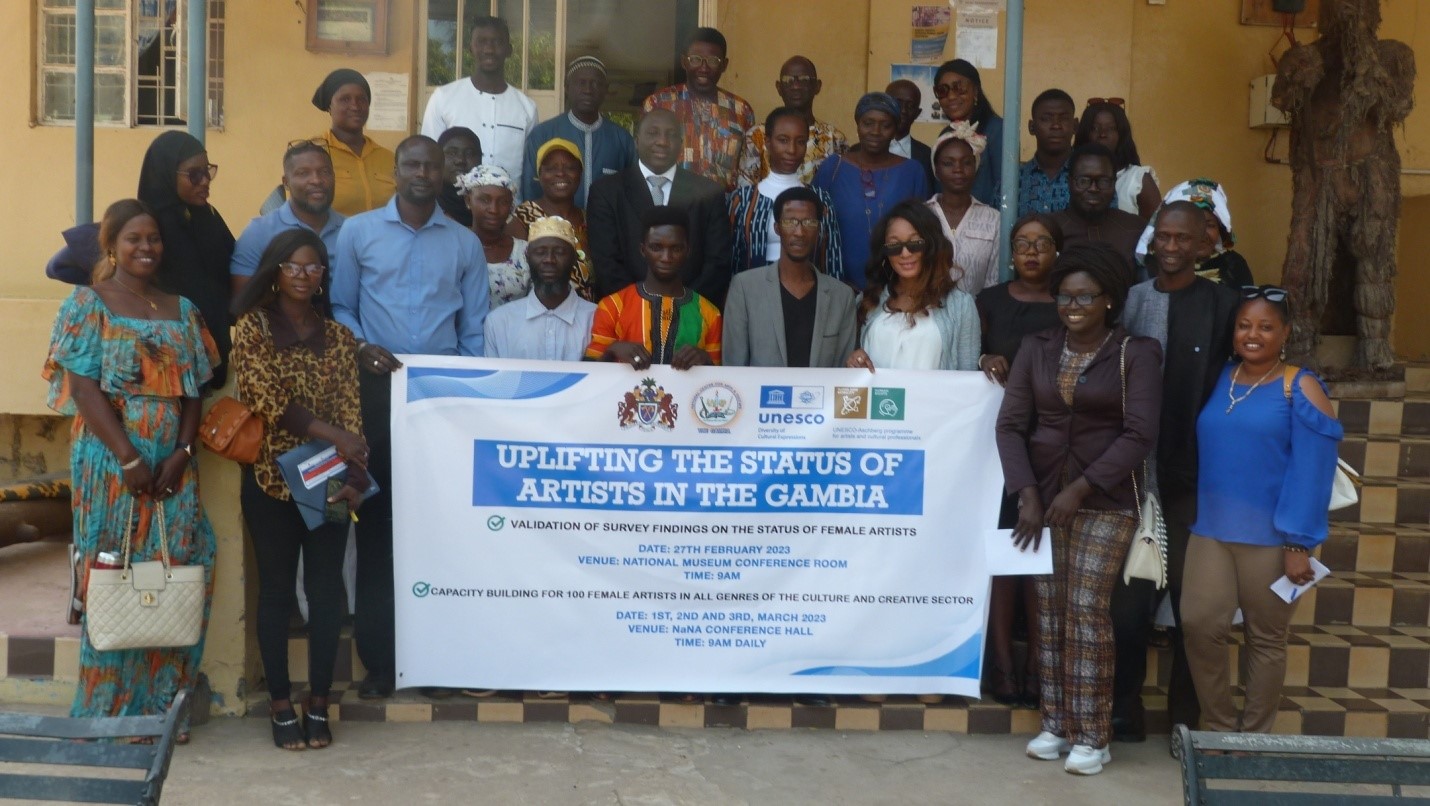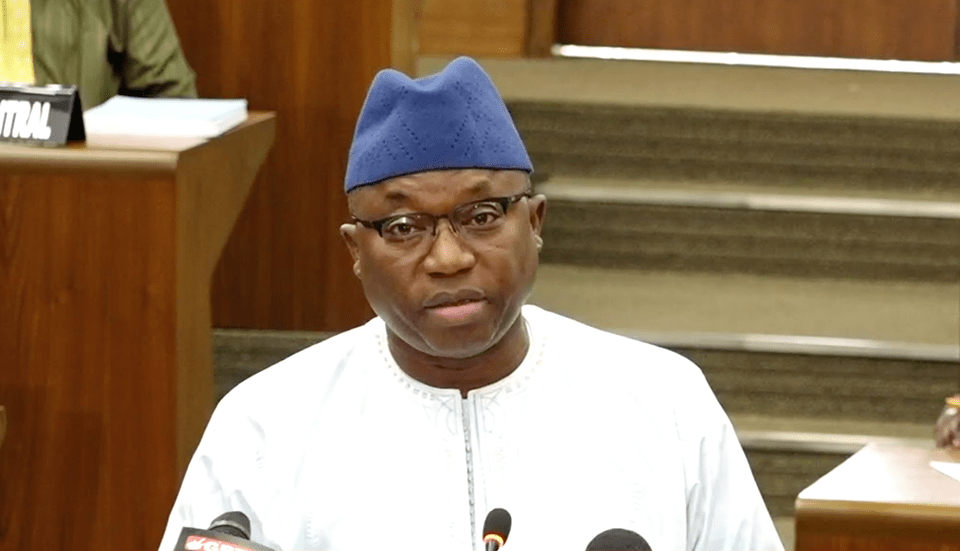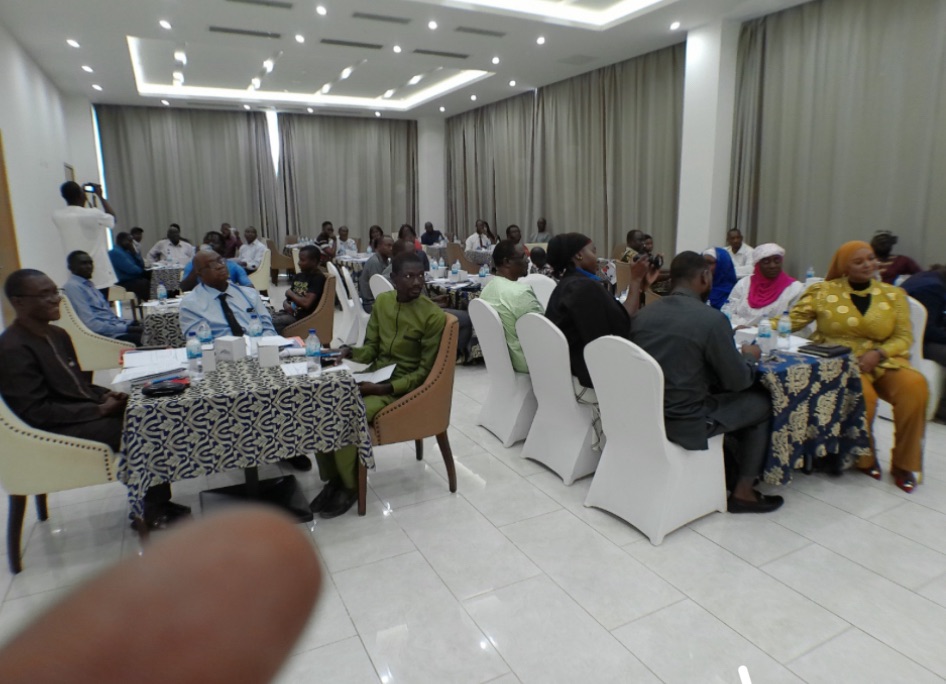By Yunus S Saliu
The National Centre for Arts and Culture (NCAC) with stakeholders in the creative industry on Monday reviewed and validated the UNESCO-Aschberg programme on the status of women artists and cultural professionals in The Gambia draft report.
A survey on the status of women artists and cultural professionals in The Gambia was carried out by the National Centre for Arts and Culture (NCAC) of The Gambia with support from the UNESCO-Aschberg programme for artists and cultural professionals.
The UNESCO-Aschberg programme is meant to promote the status of the artist by providing technical assistance and expertise to governmental institutions and civil society organizations.
Before the review and validation, Hassoum Ceesay, Director General of the National Centre for Arts and Culture (NCAC) urged participants to take time to review the draft survey while noting that about five hundred female artists across the country were interviewed.
After the research, he said it took about a month to complete the report “ready for review and validation.”
He noted that the validated report will be published and printed in a book for distribution.
“We are happy about this, it is the first time to have this type of survey and it is good for the sector, and individual. This is one of the reasons we are very happy to have it ready,” the director general expressed joy over the validated report.
He thanked the consultants – Yarri Kamara and Abdoulie Colley for their positive parts taken in the realization and validation of the report while thanking the participants among other people that participate in the survey for a job well done.
Speaking on behalf of the consultants, Madam Yarri Kamara gave the background of the UNESCO-Aschberg programme on the status of women artists and cultural professionals in The Gambia draft report.
She explained the methodology used saying the survey drew from the NCAC designation of cultural and creative sectors (CCS) to cover women cultural professionals active in the following subsectors which include music, theatre, dance and performance, film and TV, literary arts and publishing, media, fine arts and photography, fashion and design, crafts and gaming, animation, and multimedia.
However, she said the survey results reveal overall quite robust participation of women in the CCS sectors as a whole, and to monitor the progression of the status of women cultural professionals, “this survey should be repeated at regular intervals – ideally every five years.”




